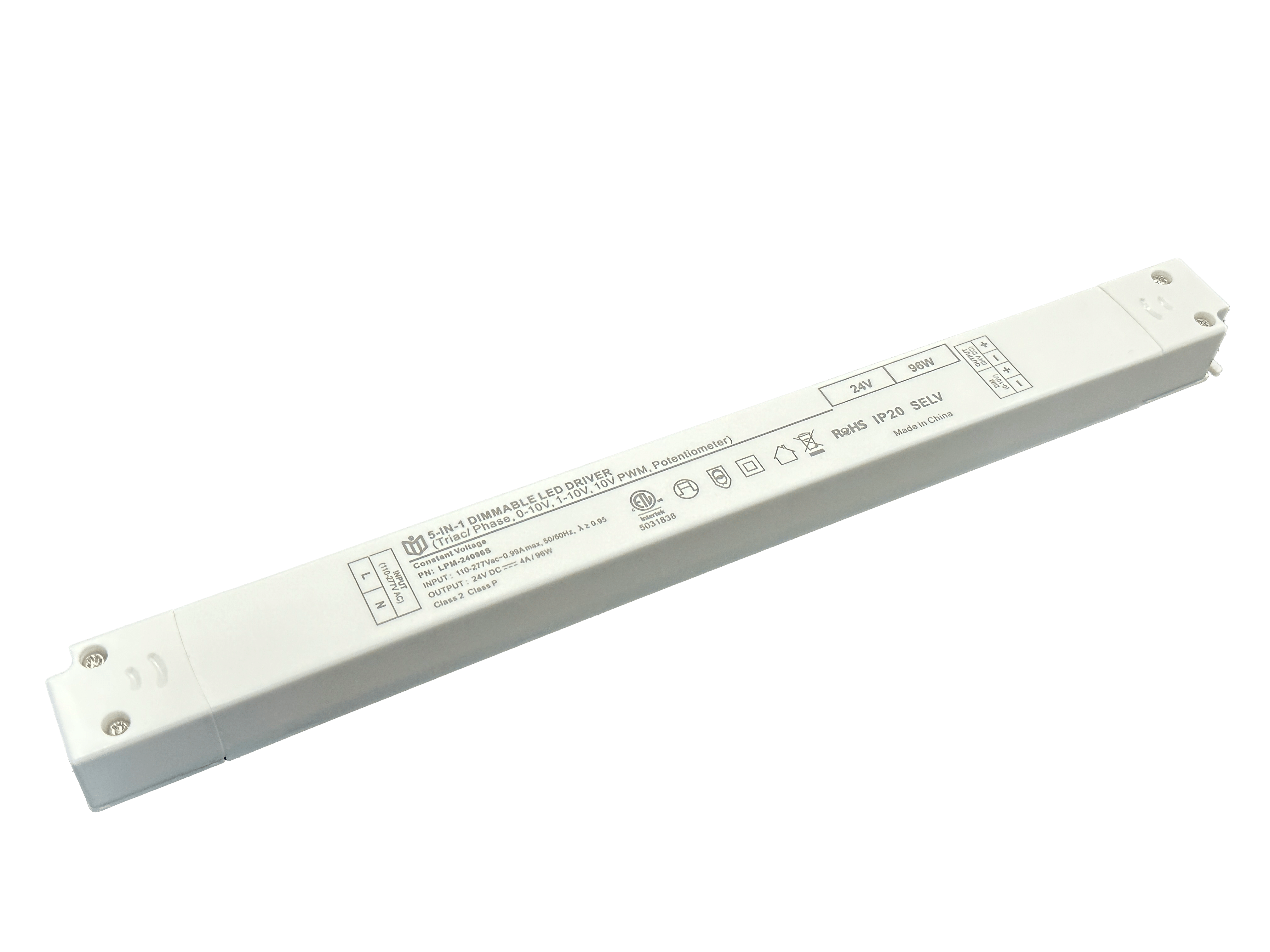Easy Installation, Low Maintenance: Revealing the Cost Efficiency of TRIAC Dimming Power Supplies
Seamless Plug-and-Play Deployment
Modern TRIAC dimming power supplies eliminate complex wiring nightmares through standardized connectors and preconfigured settings. Electricians simply match color-coded terminals without specialized tools—most installations complete within 15 minutes using basic screwdrivers. This universal compatibility with LED strips, downlights, and panel fixtures reduces labor costs by up to 40% compared to traditional drivers. Manufacturers like Philips Hue Integration™ provide mounting brackets designed for DIN rail or direct surface attachment, enabling retrofitting existing systems without structural modifications.
Minimal Intervention Operation
The self-regulating thermal management system maintains optimal performance across -20°C to +60°C environments without manual adjustments. Dusty workshop environments pose no threat thanks to sealed enclosures rated IP65, requiring only quarterly visual inspections. When paired with smart controllers, automatic firmware updates occur wirelessly during off-peak hours, preventing obsolescence while eliminating technician visitation needs. Case studies from industrial warehouses show zero maintenance intervals extending beyond three years under continuous operation.
Tangible Financial Advantages
Initial procurement savings average 22% versus comparable constant-voltage drivers, but true ROI emerges through operational phases. Typical commercial installations report annual energy reductions between 18–35% due to precise load matching capabilities. Hospitality sector clients track payback periods as short as nine months through decreased electricity bills and extended bulb lifetimes (+50% lifespan improvement documented in field tests). Bulk purchasers access tiered discounts reaching 30% off list prices when ordering complete dimming ecosystem kits including sensors and wall panels.
Durability Engineered for Decades
Military-grade PCB coatings resist corrosion in coastal facilities while reinforced polymer housing survives impacts equivalent to 1.5-meter drops. Independent lab tests confirm MTBF exceeding 100,000 hours—translating to over eleven years of daily use. Replacement components remain globally available for discontinued models through manufacturer legacy programs, ensuring legacy system viability. Third-party certifications including UL Listed Mark and TÜV Sudia validate safety compliance across North American and European markets.
Intelligent Ecosystem Integration
Advanced models feature built-in KNX/Modbus protocols enabling centralized building management synchronization. Cloud-based analytics platforms monitor power draw patterns across facility networks, identifying optimization opportunities automatically. Solar hybrid compatibility allows seamless switching between grid electricity and renewable sources during peak generation periods. Facilities managers utilize predictive maintenance algorithms that forecast component failure before disruption occurs, maintaining 99.9% uptime reliability metrics common in mission-critical applications like airport runway lighting systems.

Future-Proof Investment Protection
Firmware flexibility supports emerging standards like Matter protocol adoption without hardware replacement. Scalable architecture accommodates module stacking for expanding load requirements—single units manage both small decorative accents and large-scale architectural floodlight arrays. Tradeshow exhibitors frequently demonstrate live reconfiguration between trailing-edge/leading-edge dimming modes via mobile apps. This adaptability preserves capital expenditure value even as lighting technologies evolve toward human-centric circadian rhythm designs.
 In heritage architecture prote
In heritage architecture prote
 When small-batch customization
When small-batch customization
 Have the electromagnetic emiss
Have the electromagnetic emiss
 When Triac dimmable power supp
When Triac dimmable power supp
